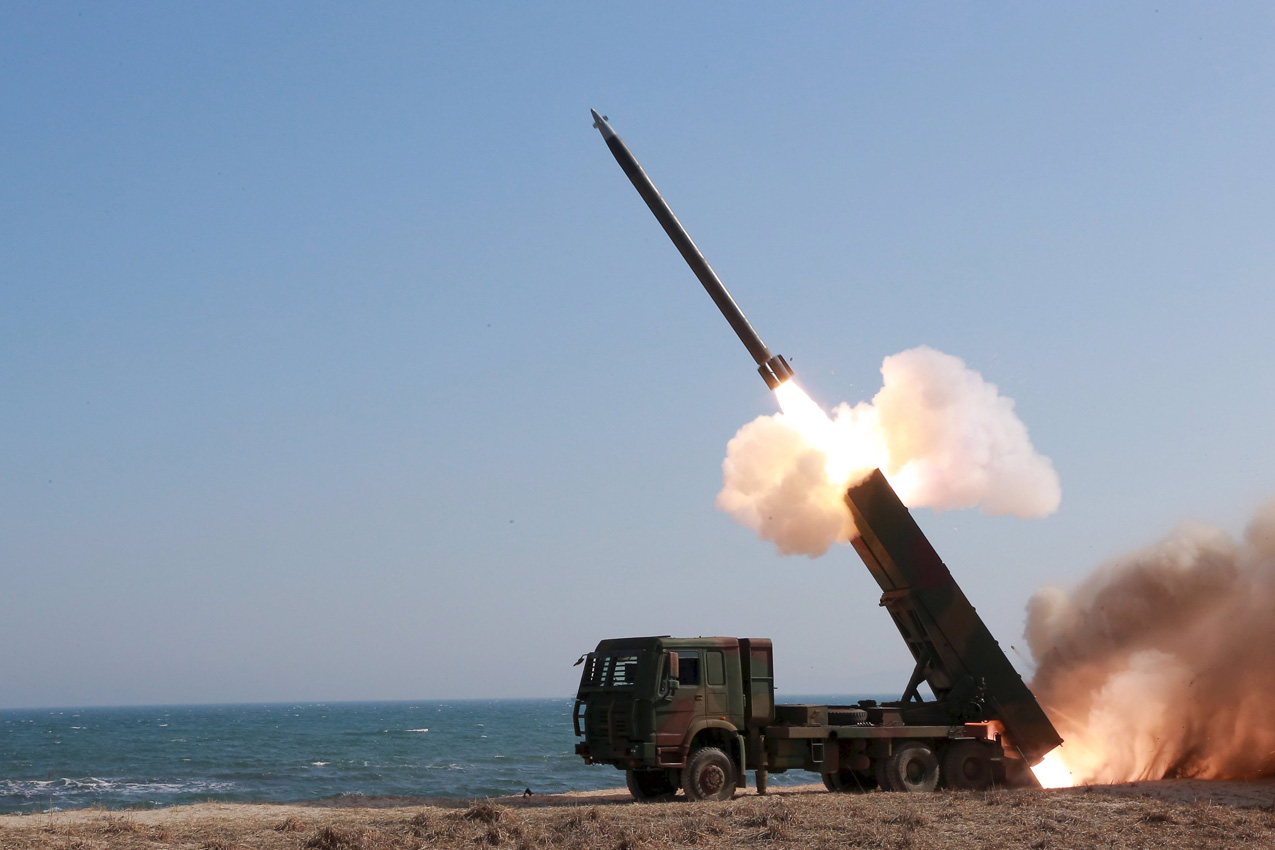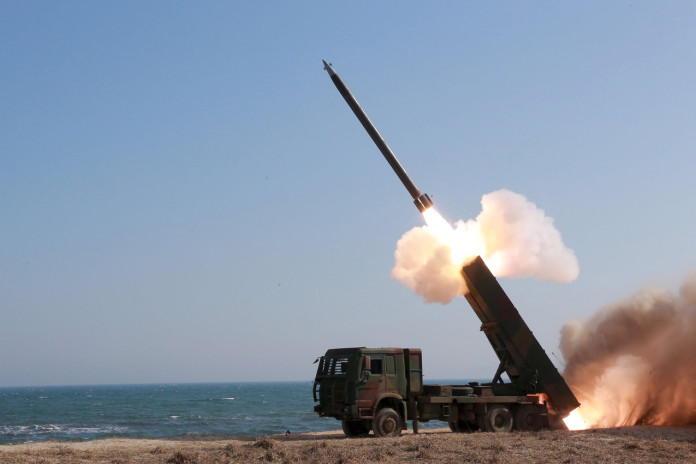SEOUL – North Korea announced Wednesday that its first ruling party congress for nearly four decades will open on May 6, amid increasing concern that Pyongyang will preface the event with a fifth nuclear test.
Anticipation over the congress, the first since 1980, has been mounting since the North signalled its intentions to hold the gathering back in October last year.
Kim Jong-Un is expected to use the event to cement his position as supreme leader and to take credit for pushing his country’s nuclear weapons programme to new heights.
No details have been provided of the itinerary, but it will be scrutinised for any key policy changes or reshuffles among the country’s elite.
The actual starting date had been a closely guarded secret prior to Wednesday’s announcement by the ruling party’s central committee politburo.
In a statement carried by the North’s official KCNA news agency, the politburo said the congress – only the seventh in the party’s history – would open May 6, but did not specify how long it would last.
The 1980 congress lasted four days.
There has been growing speculation that North korea may carry out a fresh nuclear test just ahead of the event as a display of national pride and strength.
On Tuesday, South Korean President Park Geun-Hye said the North was understood to have “completed preparations” for a test, and could press the button at any time.
If North Korea does go ahead, it would constitute a dramatic act of defiance in the face of tough UN sanctions imposed after its most recent nuclear test in January.
Some analysts have suggested that, by carrying out a fifth test so soon after the fourth, the North might hope to avoid a heavy package of additional sanctions – but Park insisted that the international community’s response would be swift and severe.
“Although the current sanctions are strong, we can impose even stronger sanctions that fill up any holes,” the president said.
In recent months the North has claimed a series of major technical breakthroughs in developing what it sees as the ultimate goal of its nuclear weapons programme – an intercontinental ballistic missile (ICBM) capable of delivering a nuclear warhead to targets across the continental United States.
These have included success in miniaturising a nuclear device to fit on a missile, developing a warhead that can withstand atmospheric re-entry, and building a solid-fuel missile engine.
Earlier this month, leader Kim Jong-Un monitored the test of an engine specifically designed for an ICBM that he said would “guarantee” an eventual strike on the US mainland.
In the run-up to the congress, the North has also carried out a series of provocative missile launches, including the failed test on April 15 of a powerful new medium-range ballistic missile, known as a Musudan.
The South’s Yonhap news agency on Tuesday quoted unidentified government sources as saying the North had put another Musudan on standby for imminent testing.
Existing UN resolutions forbid North Korea from the use of any ballistic missile-related technology.
The Musudan is believed to have an estimated range of anywhere between 2,500 and 4,000 kilometres (1,550 to 2,500 miles). The lower range covers the whole of South Korea and Japan, while the upper range would include US military bases on Guam.
The missile has never been successfully flight-tested, and the April 15 effort ended in what the Pentagon described as “fiery, catastrophic” failure – apparently exploding seconds after launch.






